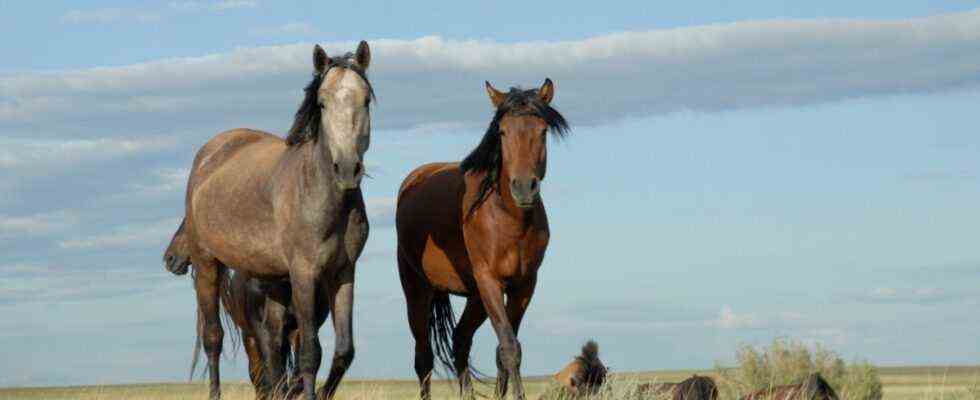The shepherd peoples of the Eurasian steppe play a central role in the genetic heritage of today’s Europeans, especially the migrations of people from the Yamnaja culture in the early Bronze Age. Researchers at the Max Planck Institute for Human History in Jena have now investigated how the semi-nomads were able to cover such great distances – and identify them in the specialist journal Nature an interesting driver: milk.
The expansion of the Yamnaja, a semi-nomadic pastoral people, is considered to be one of the most momentous migrations to Europe. The center of this culture was in the west of the Eurasian steppe. About 5000 years ago, the herdsmen began to spread over large parts of the continent – and within a few centuries they had a lasting impact on it both genetically and linguistically.
“94 percent of the Early Bronze Age individuals were clearly milk drinkers.”
So far it was unclear how the shepherds could spread so far. It was assumed that the Yamnaja learned to use horse-drawn carts and large wagons to transport loads over long distances. Another theory suggests that the consumption of milk and meat gave the semi-nomads strength for their travels. The Jena researchers have now found new evidence for the latter thesis: They showed that shepherds began to drink milk.
For their study, the scientists examined tartar from 56 people who lived between the Copper Age – the Eneolithic – and the Late Bronze Age. The oldest specimens were from around 4600 BC, the youngest from 1700 BC. The results were surprisingly clear, says study leader Shevan Wilkin: “The majority of the pre-Bronze Age Eneolithic individuals we examined – over 90 percent – showed no signs of dairy consumption. In contrast, a remarkable 94 percent of the Early Bronze Age individuals were clearly milk drinkers. ” Most of the samples indicated that cows, sheep and goats were the source of the milk. A few suggested that horse milk was also drunk.
“We see a significant transition to dairy farming just as the shepherds began to expand east,” summarizes Nicole Boivin, lead author of the study and director of the Department of Archeology at the MPI for the History of Human Beings. Exactly what decisive advantage milk offered has yet to be investigated. However, it is likely that the extra nutrients, abundant protein, and fluid source were crucial in the rugged and open steppes. “We are dealing with a kind of cultural revolution here,” emphasizes Shevan Wilkin. “The early Bronze Age herders clearly realized that there were some fundamental benefits to milk consumption, and when they realized this, the vast expanse of these groups across the steppes became possible.”

